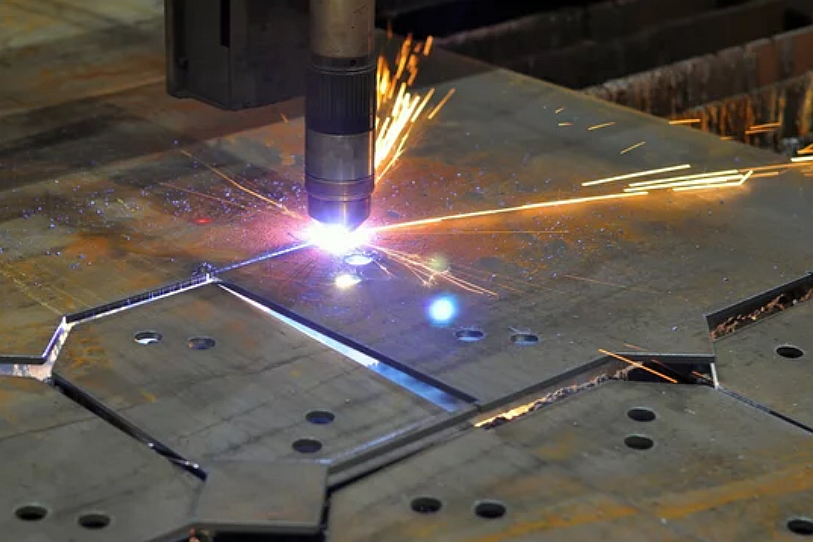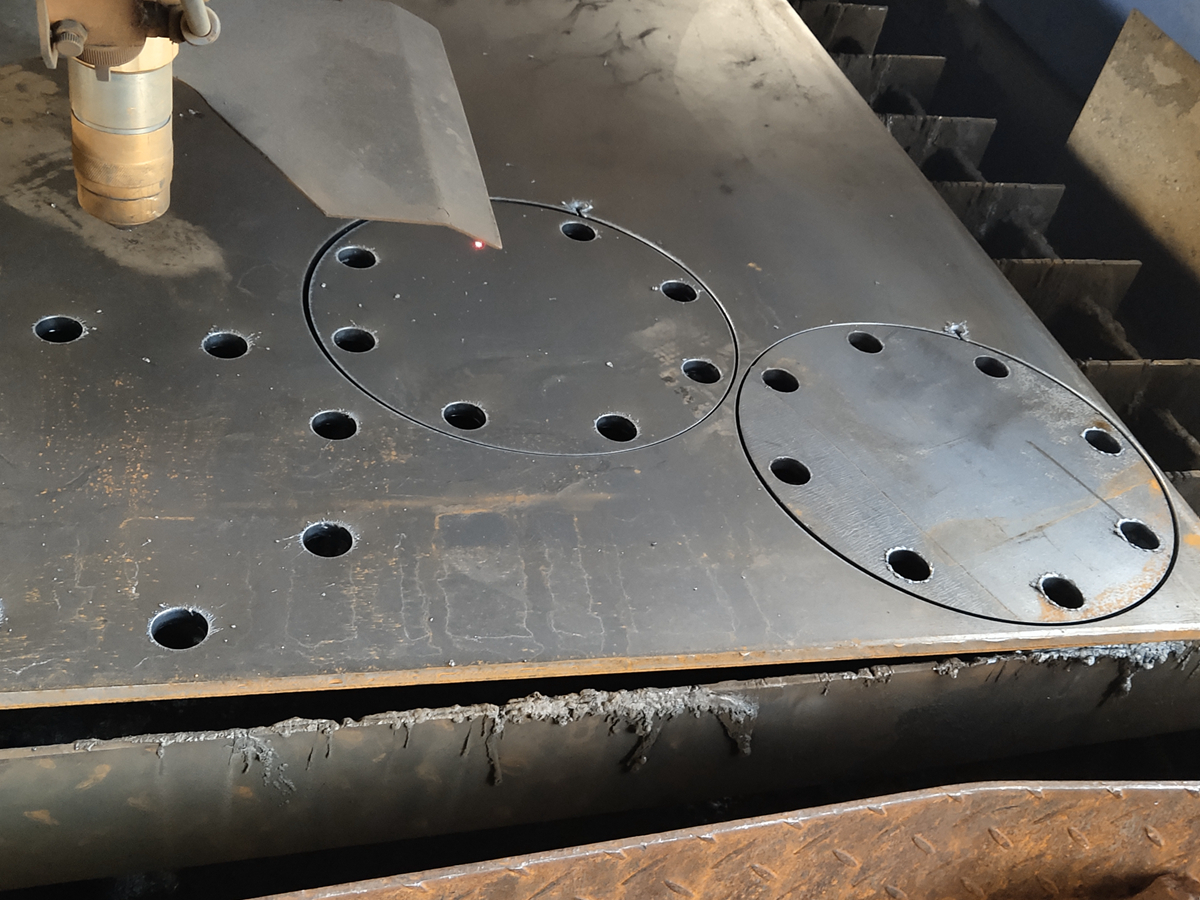What are common challenges manufacturers face when implementing plasma cutting?
Introduction
While plasma cutting is one of the most efficient thermal cutting technologies, implementing it at an industrial scale poses technical, operational, and material challenges. Manufacturers in sectors such as aerospace, automotive, and energy must address these issues to ensure consistent performance, high precision, and cost-effectiveness.
Process Optimization and Setup Complexity
Achieving precise results depends on accurate control of parameters such as torch height, cutting speed, and gas flow. Incorrect settings can lead to bevelled edges or excessive dross. Integrating CNC machining prototyping and automated height control systems can stabilize arc performance, but setup calibration often requires specialized expertise. Manufacturers must also manage software integration for CAD/CAM nesting, ensuring that sheet metal fabrication layouts are optimized for minimal waste.
Material Limitations and Distortion
Thermal stress and heat-affected zones are major concerns, especially when cutting thin or heat-sensitive metals. Cast aluminum and magnesium alloys can warp due to their high thermal conductivity. For harder materials like tool steel and nickel-based alloys, achieving smooth edges without excessive wear on consumables requires optimized amperage and gas composition. Selecting the proper gas mixture—oxygen for carbon steel or argon-hydrogen for stainless materials—is critical to balance cut quality and speed.
Consumable Wear and Maintenance
Nozzles, electrodes, and shields are exposed to extreme temperatures and wear due to erosion. Their lifespan directly affects productivity and cut consistency. Scheduled maintenance routines and quality consumables designed for industrial-grade cutting systems help reduce downtime. Combining plasma operations with prototyping or precision casting can streamline production by minimizing the need for repeated setups and secondary machining.
Surface Finish and Post-Processing Requirements
Even with optimized cutting, slight surface imperfections or burrs may occur. Secondary finishing processes, such as polishing or powder coating, are often necessary to achieve the final surface quality. These steps enhance corrosion resistance and visual appearance, particularly in visible parts for automotive or lighting solution applications.
Integration with Automation and Digital Systems
Transitioning from manual to automated plasma cutting requires investment in training, software, and equipment upgrades. The compatibility of CNC systems, robotic arms, and production management software determines operational efficiency. As manufacturers adopt sheet metal stamping and robotic welding lines, synchronization with plasma systems becomes crucial for throughput consistency.
Environmental and Safety Considerations
Plasma cutting produces fumes, ultraviolet light, and noise. Effective exhaust systems, operator safety training, and workplace ventilation are mandatory. Proper shielding also ensures equipment longevity and compliance with industrial safety standards.



